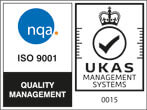Spectrum analysers are extremely helpful tools for visualising signals in frequency space. This note will describe how to use settings to minimize error when performing peak measurements using a Rigol DSA Spectrum analyser.
Radio Frequency signals, especially continuous wave (CW) signals, have a finite frequency width. Spectrum analysers, like the Rigol DSA series, use the
Resolution Bandwidth Setting (RBW) to determine the bandwidth of the filter used analyse each resolution. For a fixed span, smaller RBW settings will equate to smaller frequency “steps” and finer frequency resolution measurement capabilities.
If the bandwidth of the source is less than the RBW setting of the spectrum analyser, the resultant spectrum analyser trace will have a finite width and a shape very much like a Gaussian or Bell curve as shown in Figure 1.
In Figures 1through 4, the input is a fixed 10MHz Sine wave. The only difference is the RBW setting on the DSA. As you can see, the width of the trace decreases as the RBW decreases. This is because the width of the RF input is less than the RBW value. We are effectively viewing the width of the RBW filter.
It’s also important to point out that the shape of the peak of the trace also changes. It goes from a “bubbled” shape with no real “peak” to a more pointed shape. Traces with “bubbled” shapes may have peak readings that vary because there is not a singular point that is has the highest amplitude.
To achieve high accuracy peak measurements, you should use the smallest RBW setting that you can. If you have varying peak values, try lowering the RBW value and retest.
Figure 1: 10MHz input, 300kHz span, RBW = 30kHz
Figure 2: 10MHz input, 300kHz span, RBW = 10kHz
Figure 3: 10MHz input, 300kHz span, RBW = 3kHz
Figure 4: 10MHz input, 300kHz span, RBW = 1kHz
First, you receive the PDF file with the License key to install:
Enter the license Key and the Instrument serial number into the website
https://licenseen.rigol.com/CustomerService/ProductRight_EN
The verification code is the text to the right.
For the RSA instruments this generates a .LIC file that you can load onto a USB stick.
The files always have the filename equal to the Serial number, so only load one at a time to the USB stick to avoid changing the filenames or replacing the files.
Once you move the LIC file to a USB stick you can start the RSA Spectrum Analyzer and then insert the USB drive into any of the USB ports.
On the instrument hit the FILE button then use the touchscreen or mouse to navigate to the USB stick and the LIC file that you wish to load. Highlight the file so that it is in Blue and then go to the second page on the FILE menu using the down arrow. The screen should now look like this:
Once there, push the IMPORT LICENSE menu item.
This will complete the process.
At any time you can verify what is installed in an RSA instrument by pushing SYSTEM, ABOUT SYSTEM, and then selecting OPTION INFO. This popup appears:
















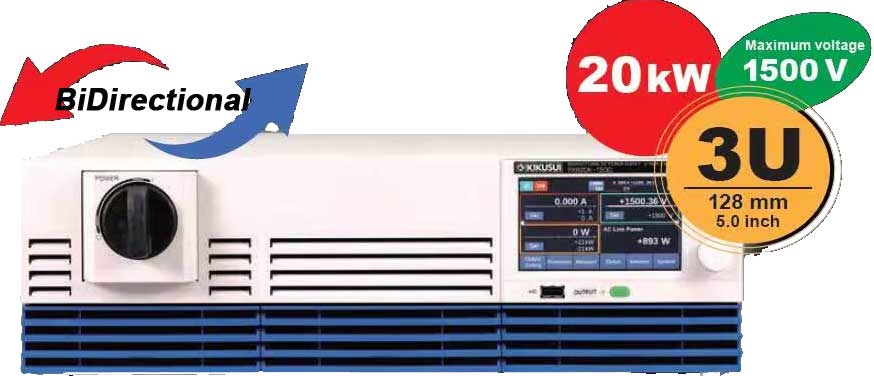





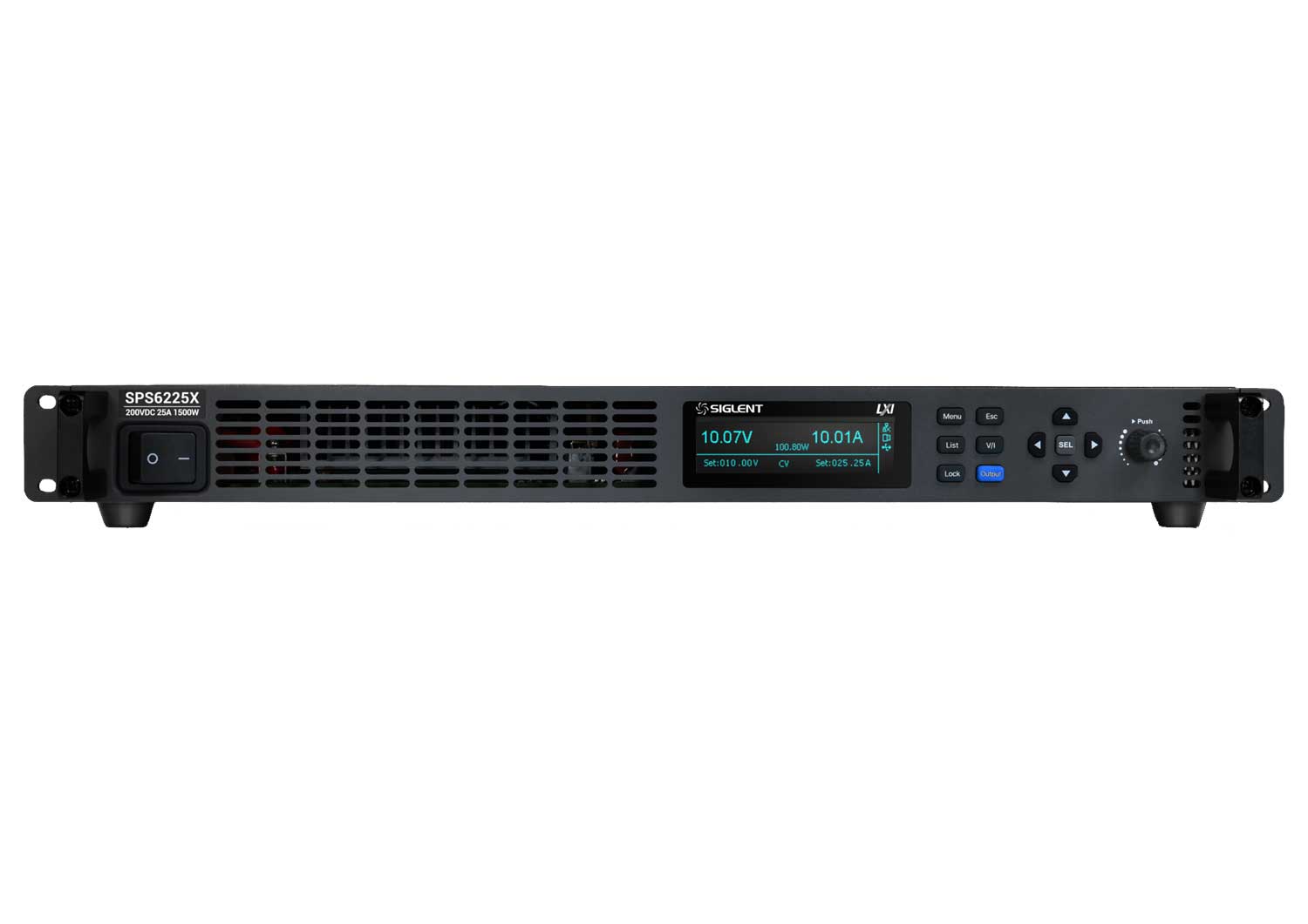

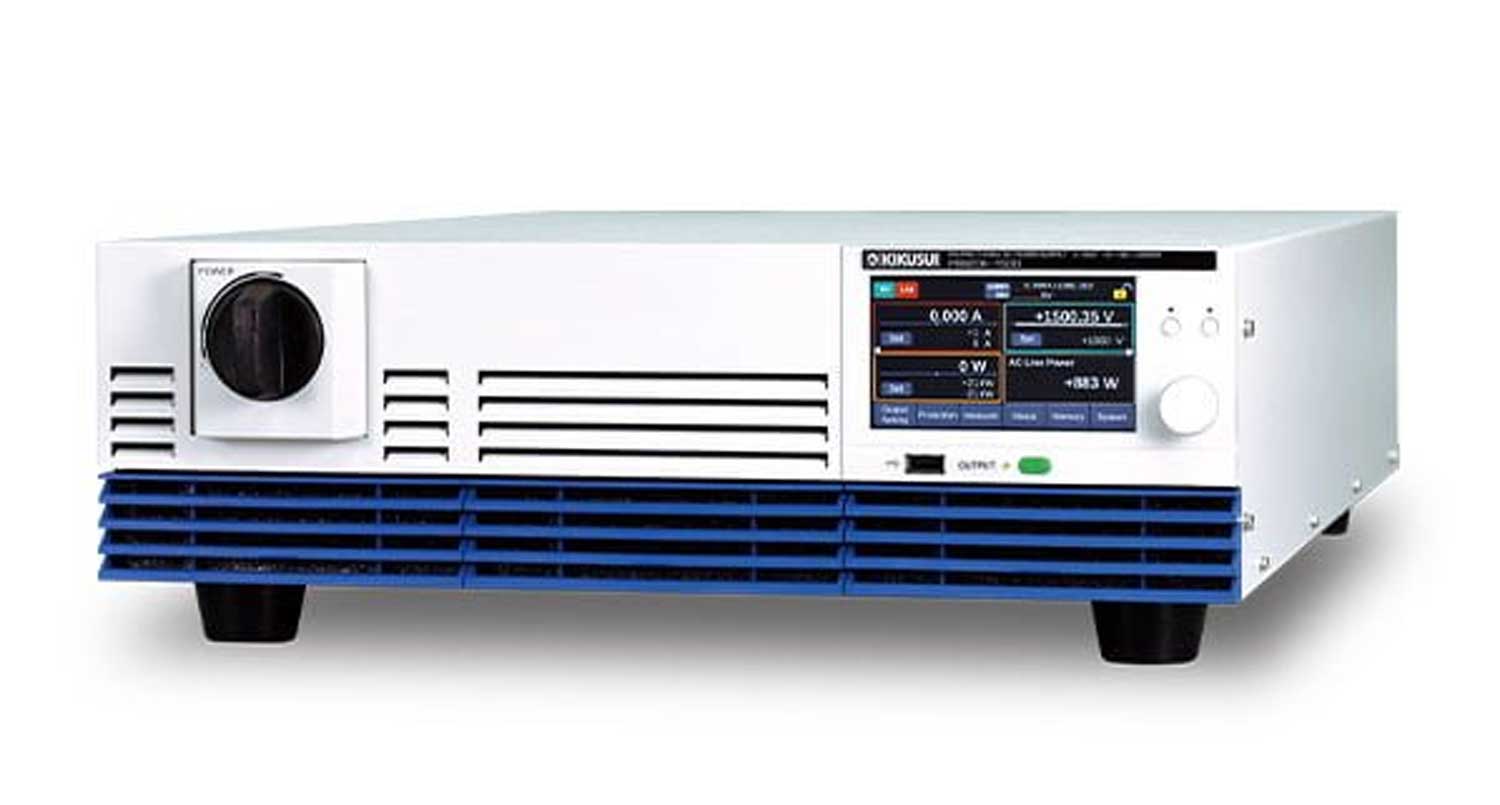
















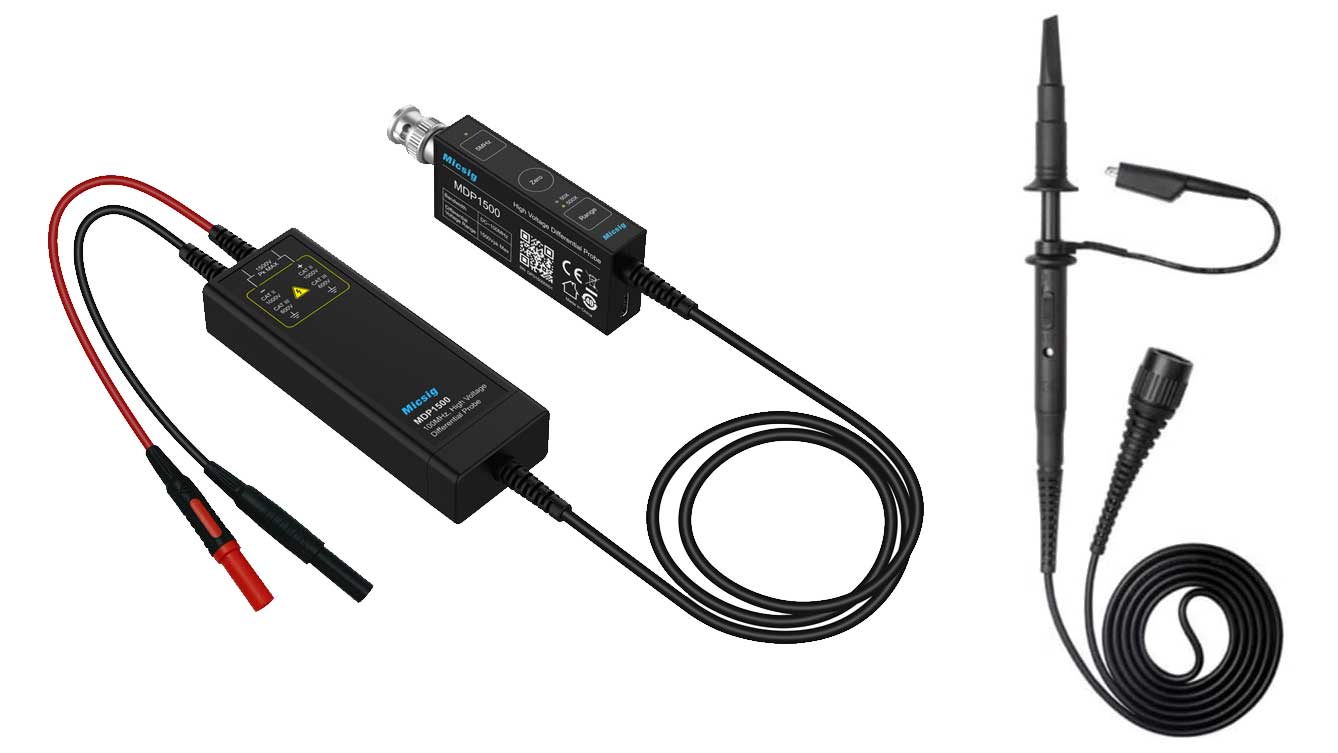









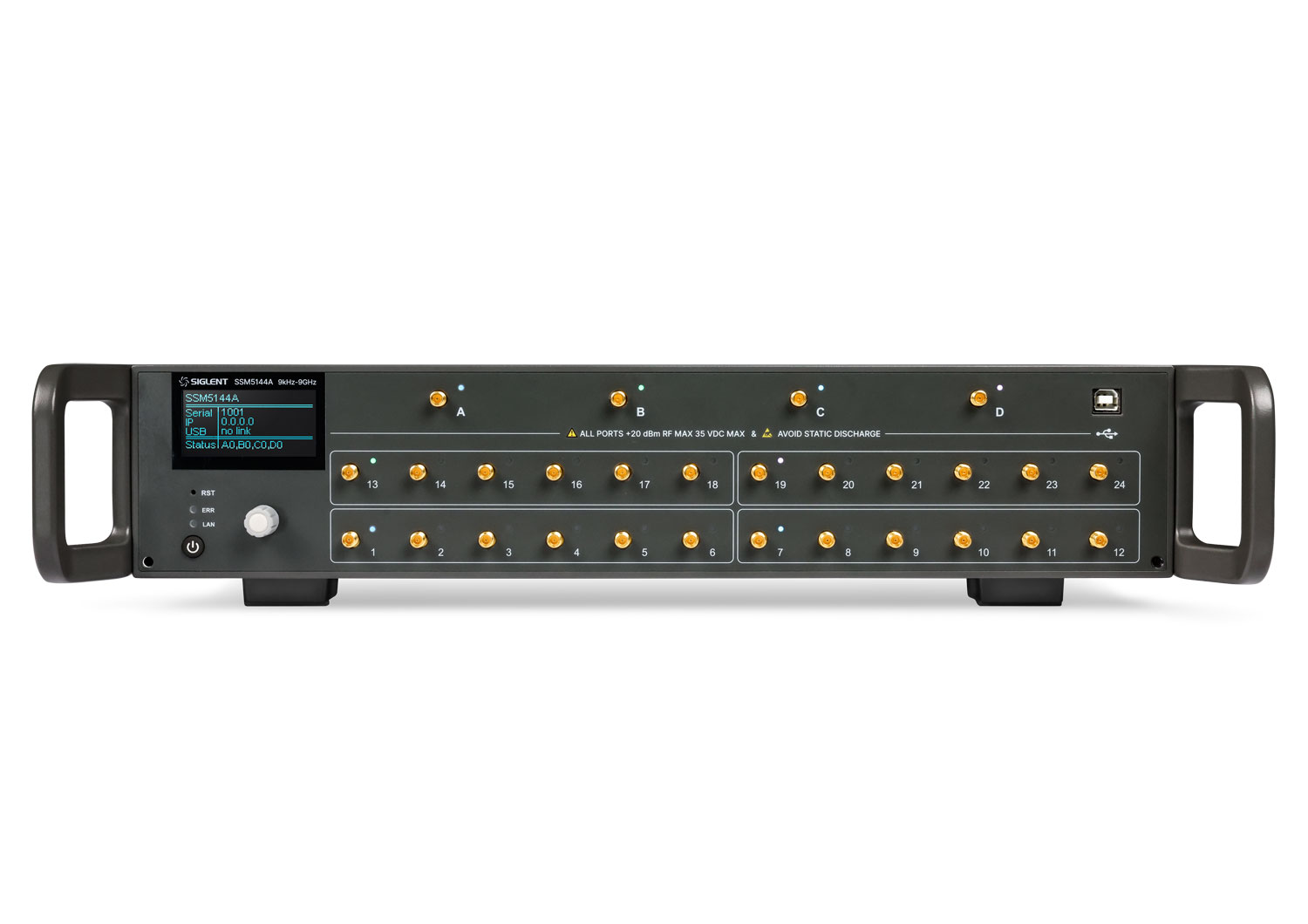












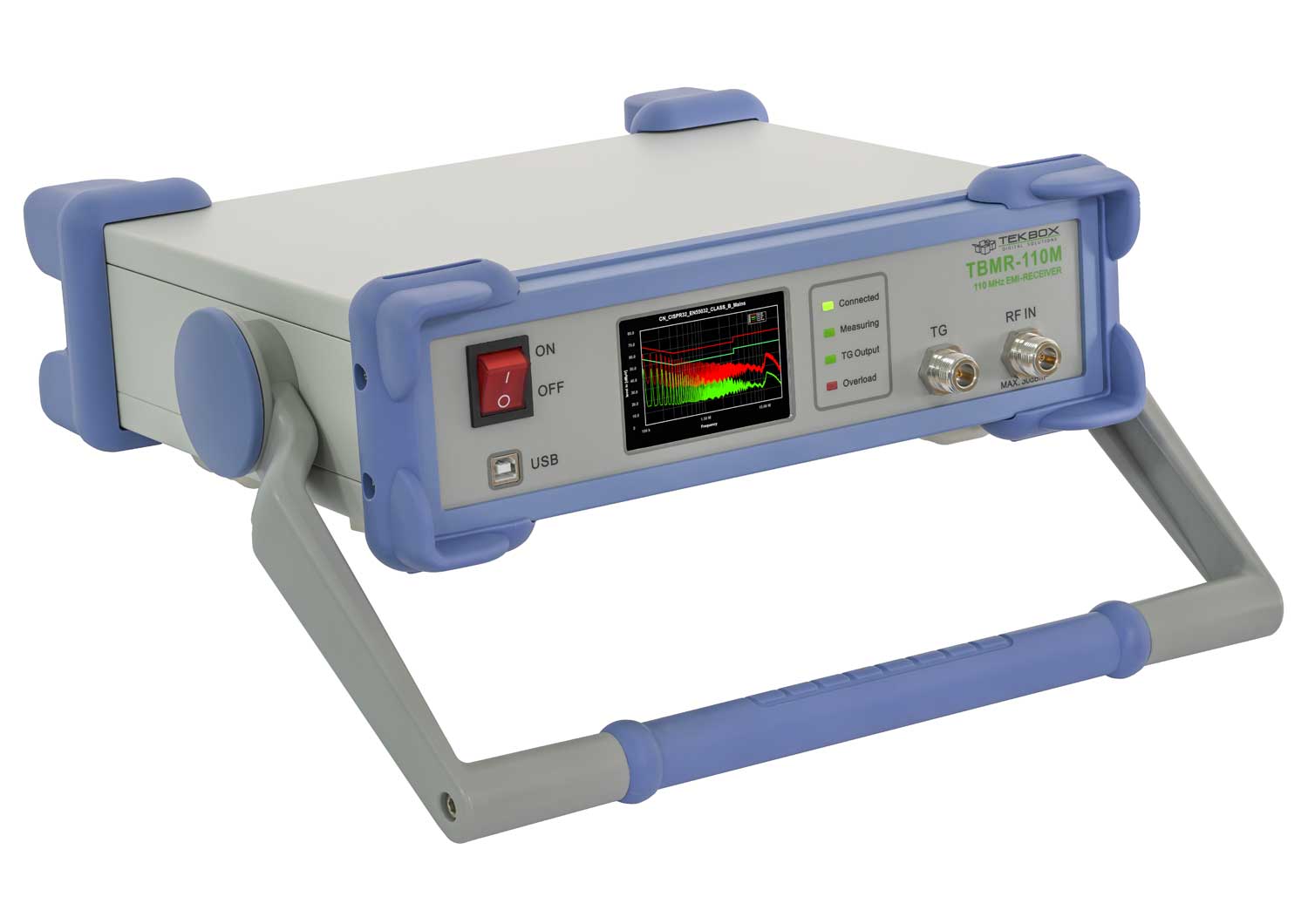
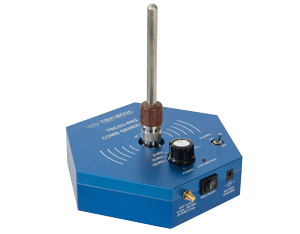

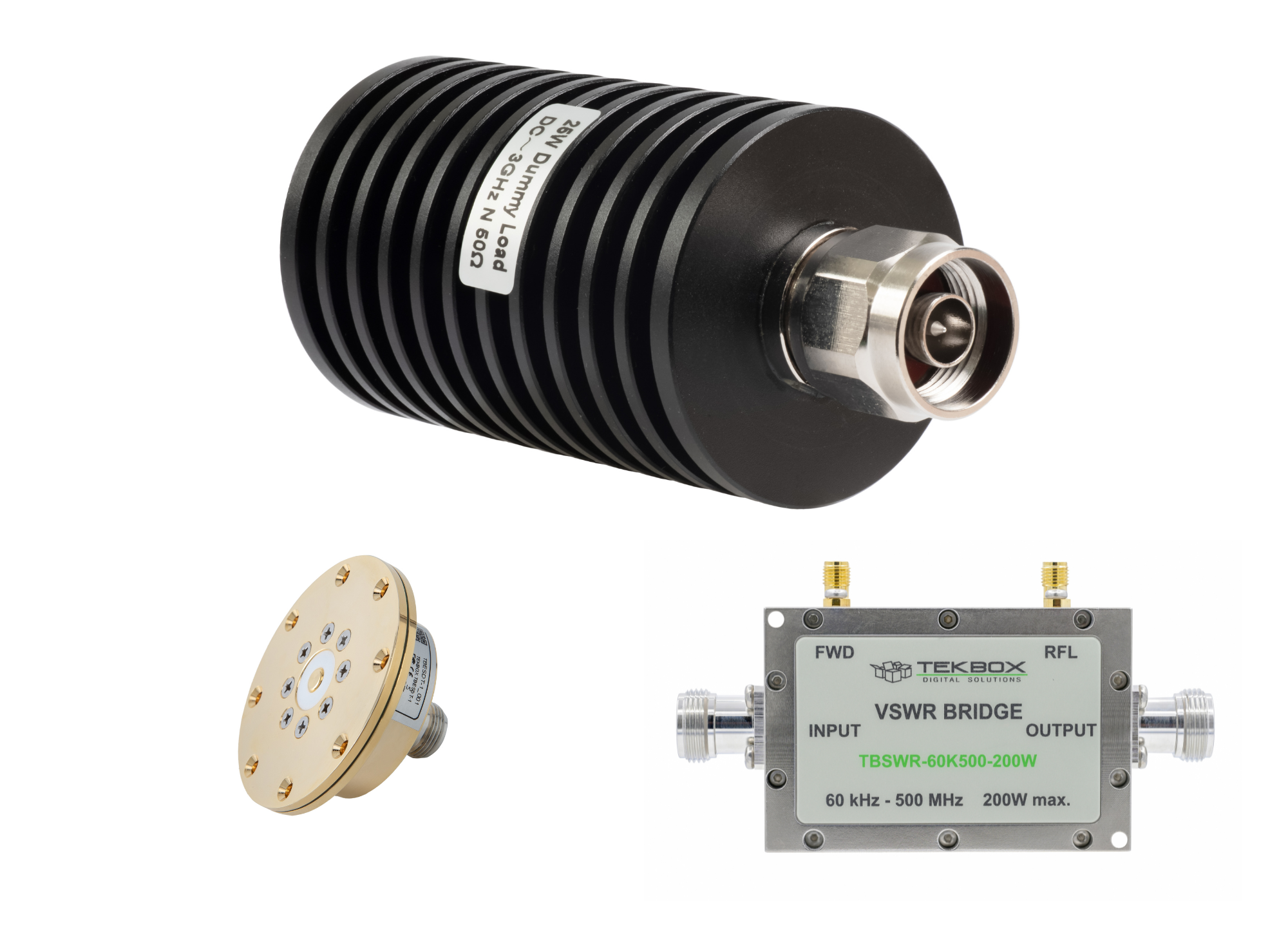




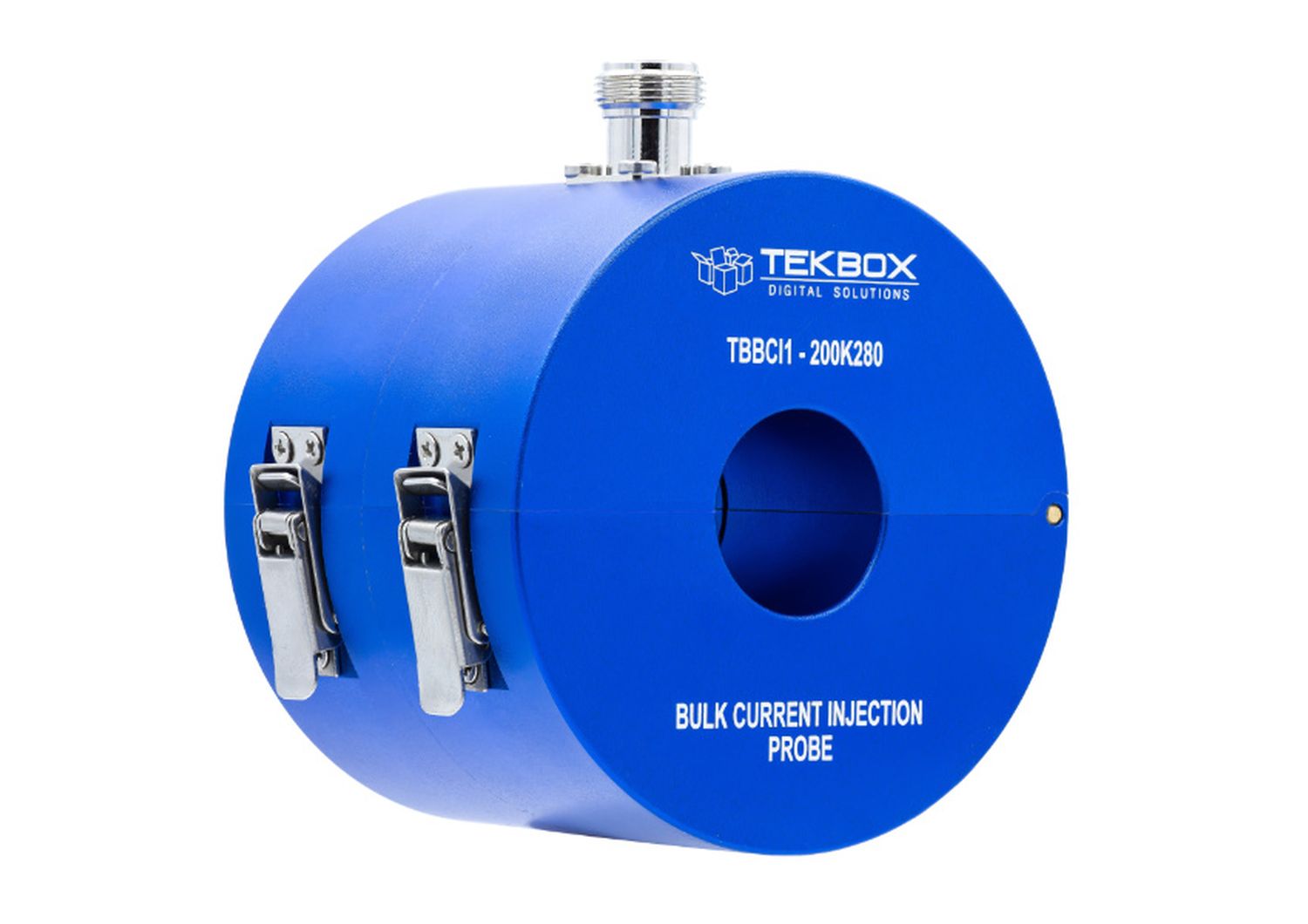



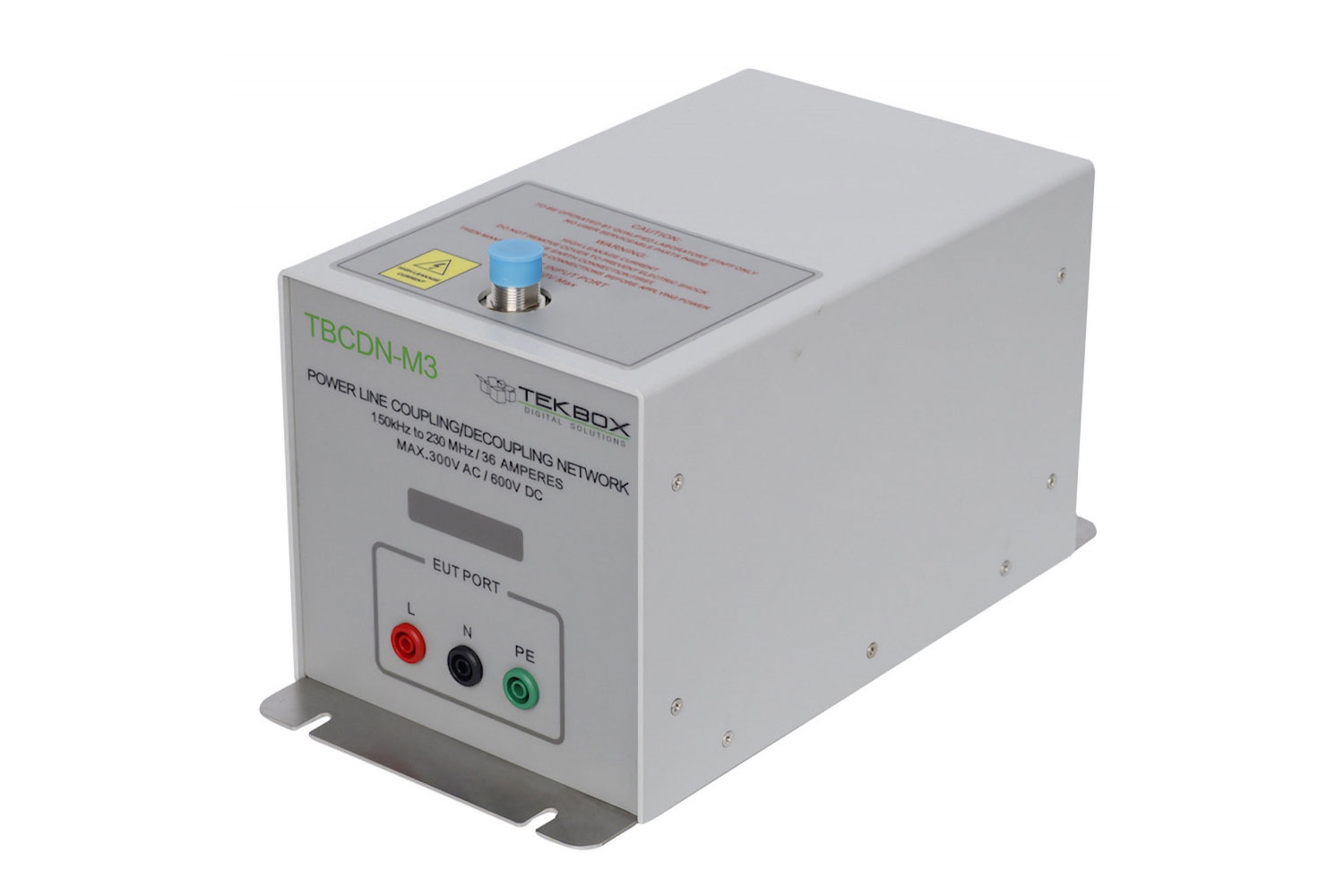
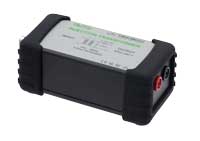















 FREE SHIPPING £75+
FREE SHIPPING £75+
 CELEBRATING 50+ YEARS
CELEBRATING 50+ YEARS
 PRICE MATCH GUARANTEE
PRICE MATCH GUARANTEE
